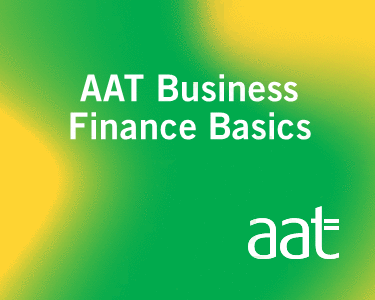“It’s like Facebook for people who want you to know they’ve got a job,” was one hilarious but highly accurate description of LinkedIn that we’ve seen online. If you’re in any way, shape or form in business, LinkedIn is unignorable now. It’s the world’s leading business-focused social media network with over a billion members.
Most of us are now using it, but many of us fall into the trap of ‘lurking’: scrolling through our feed, digesting other people’s posts, and rarely contributing ourselves. We talked to LinkedIn guru Gus Bhandal about how to stop the scroll and get involved.
Why we lurk
Several factors keep us in lurker mode:
- Fear of talking about ourselves or our services
- Uncertainty about what content to create
- Concern about seeming too promotional
- Lack of a coherent content strategy
- Worries about consistency.
The result? We watch a small percentage of LinkedIn users claim the majority of engagement while our own profiles fade into obscurity. In fact, according to SocialPilot, only about 1% of LinkedIn’s monthly active users post content weekly, meaning there’s a huge opportunity for visibility.
The vicious circle of inaction
When business is booming, we can feel too busy to market ourselves. Then, when business gets tough, it’s tempting to shift into panic mode, posting desperate “buy my stuff” content or sending cold pitches to strangers. This approach typically backfires—your audience disengages, the algorithm notices, and your reach plummets.
Moving from lurker to leader
Gus gives us some tips about how to create content and engage on LinkedIn to move us out of lurker mode.
1. Find your people
Start by connecting with the right audience:
- Use LinkedIn’s search box to find ideal clients by job title, location, or industry
- Add a few new connections each week
- Avoid creating an echo chamber of industry peers
- Build a diverse network of potential clients and collaborators.
2. Develop a content strategy
Stop wondering what to post by implementing a dual-focused strategy of storytelling and social selling:
3. Storytelling: Share what makes you unique
- Write about personal experiences only you can tell
- Share your values, interests, and behind-the-scenes glimpses
- Showcase your personality beyond professional skills
- Be intentionally yourself to attract your tribe.
Your stories should either resonate (with those like you) or fascinate (those interested in learning more).
4. Social Selling: The FAST Approach
- Find pain points in your potential client’s experience
- Agitate these problems by highlighting the consequences
- Solutions and how you fix these issues are shared
- Testimonials that prove your effectiveness.
Most businesses rush to solutions without addressing the problems they solve. Think beyond your product or service to what you truly offer clients.
5. Create value-first content
Make giving value central to your LinkedIn strategy:
- Share advice, tips, and industry news
- Demonstrate your expertise without asking for anything in return
- Build authority and trust over time
- Allow this approach to naturally lead to sales without explicit selling.
6. Establish consistency
Consistency matters more than volume:
- Journal weekly about your work and experiences
- Mix professional insights with personal stories
- Set reminders to maintain regular posting.
The outcomes of consistency
When you follow a consistent approach, positive shifts will happen.
- Your audience begins to see your authority and knowledge
- Trust builds organically over time
- When people need your services, you become top-of-mind
- Your network expands through meaningful connections
- The LinkedIn algorithm rewards your steady engagement.
Remember that people buy from people. While others may offer similar services, your unique perspective, personality and experiences set you apart. By sharing these, sending personalised messages and commenting on others’ posts, you’ll stop being a LinkedIn lurker and start developing a personal brand that resonates with your ideal clients.
The LinkedIn community thrives on solid personal brands built through consistent, authentic content. If you’re not creating that content, someone else is—so don’t get left behind.
5 tasks to get you started
- Write an introductory post: Create a post about who you are beyond your job title. Share what makes you tick and feature it on your profile.
- Journal weekly: Set a recurring reminder to share highlights from your week—client meetings, networking events, new skills, or time off.
- Find your value-based content: Identify three to five topics where you have expertise, then create posts sharing valuable insights on these subjects.
- Connect strategically: Search for five to ten ideal clients each week and send personalised connection requests.
- Engage authentically: Spend 15 minutes daily commenting thoughtfully on others’ content before posting your own.
Gus Bhandal is a LinkedIn trainer for business owners and corporate teams, and has a LinkedIn-focused membership for freelancers, sole traders and small business owners called The Squeeze.
Learn more at themguru.co.uk or connect with Gus on LinkedIn.













